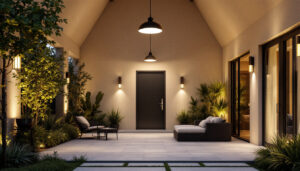
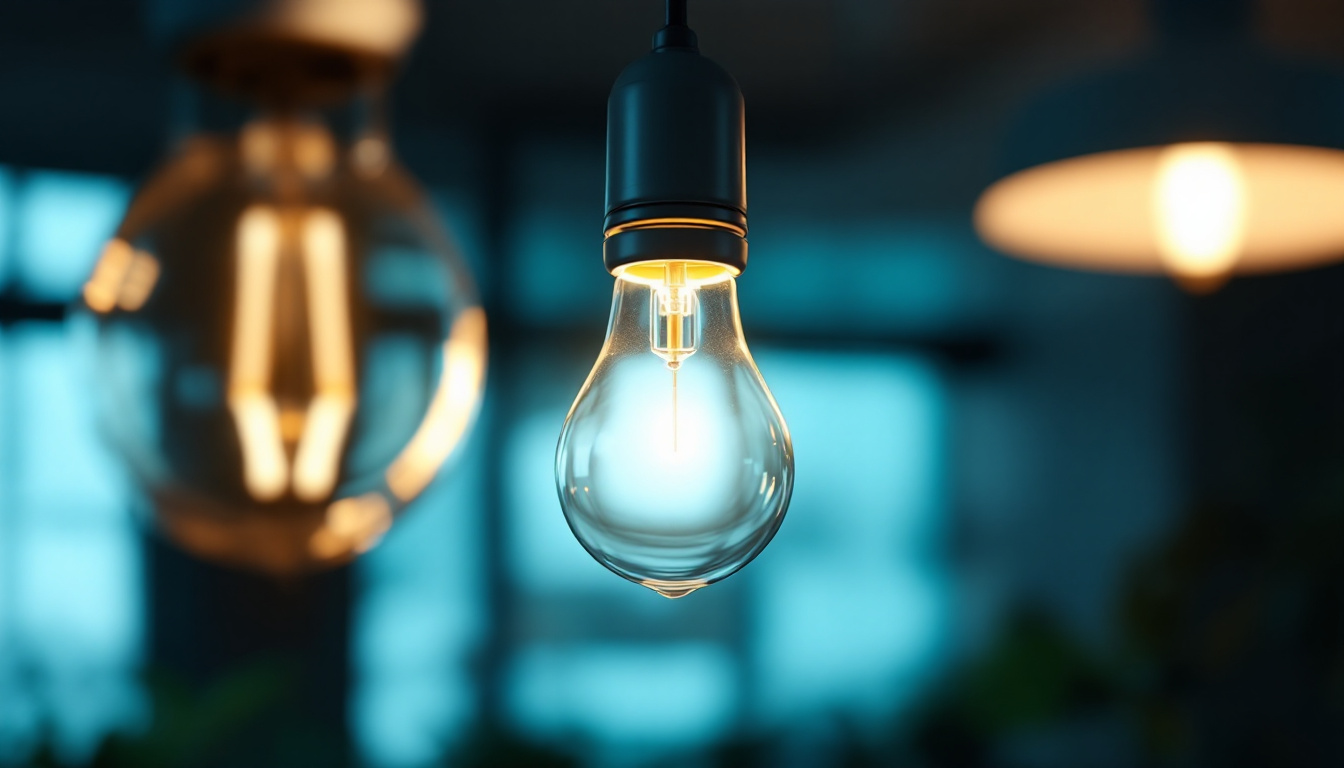
Fluorescent light bulbs have become a staple in both residential and commercial lighting applications. Their energy efficiency and longevity make them an attractive option for contractors and homeowners alike. Understanding the invention and functionality of these bulbs can enhance the knowledge and expertise of lighting contractors, enabling them to make informed choices for their projects.
The journey of the fluorescent light bulb began with the exploration of electric discharge and its effects on gases. The concept of using gas to create light was not entirely new, as various forms of gas discharge lamps had been developed prior. However, the modern fluorescent bulb as we know it today was the result of numerous innovations and contributions from various inventors.
In the late 19th century, scientists like Heinrich Geissler and Nikola Tesla experimented with gas-filled tubes, demonstrating that electricity could produce light. These early experiments laid the groundwork for the development of fluorescent lighting. However, it was not until the early 20th century that significant advancements were made. The initial fascination with gas discharge lamps sparked a wave of interest in the scientific community, leading to further investigations into the properties of different gases and their potential applications in lighting. This period was marked by a series of breakthroughs that would eventually culminate in the creation of more efficient lighting solutions, paving the way for the widespread adoption of electric lighting in homes and businesses.
One of the most significant figures in the development of fluorescent lighting was Albert Marsh, who is often credited with creating the first practical fluorescent lamp. His work focused on the use of phosphors, which are materials that emit light when exposed to radiation. This innovation was crucial in improving the efficiency and brightness of fluorescent bulbs. Marsh’s contributions not only made fluorescent lighting more accessible but also set the stage for its use in various applications, from residential to commercial settings.
Additionally, the work of other inventors, such as George Inman and William Coolidge, further refined the technology. Their contributions included advancements in the manufacturing process and the development of better phosphor coatings, which enhanced the color rendering of fluorescent lights. These improvements allowed for a more appealing light quality that closely mimicked natural daylight, making fluorescent bulbs a preferred choice for many environments. As the technology evolved, manufacturers began to explore different shapes and sizes of fluorescent tubes, leading to the versatile lighting options we see today. This evolution not only transformed the way we illuminate our spaces but also played a significant role in reducing energy consumption, highlighting the importance of innovation in the quest for sustainable lighting solutions.
Understanding the mechanics of fluorescent light bulbs is essential for lighting contractors. These bulbs operate on principles of electricity and gas discharge, which differentiate them from traditional incandescent bulbs.
A fluorescent light bulb consists of several key components: a glass tube, a gas mixture, a phosphor coating, and an electrode. The glass tube is filled with a low-pressure gas, typically a mixture of argon and mercury vapor. The phosphor coating lines the inside of the tube, and the electrodes are located at either end of the bulb. Each of these components plays a crucial role in the bulb’s functionality, ensuring that it operates efficiently and effectively. The choice of gas and phosphor materials can also impact the color temperature and brightness of the light emitted, allowing for a variety of applications in different settings.
When electricity is applied to the electrodes, it creates an electric field that excites the gas molecules inside the tube. This excitation causes the mercury vapor to emit ultraviolet (UV) light. The UV light then interacts with the phosphor coating, which absorbs the UV radiation and re-emits it as visible light. This process is known as fluorescence, hence the name of the bulb. The specific wavelengths of light produced can be adjusted by altering the composition of the phosphor coating, enabling manufacturers to create bulbs that emit warm, cool, or daylight-like tones.
The efficiency of this process is what makes fluorescent bulbs more energy-efficient compared to incandescent bulbs, which generate light through the heating of a filament. Fluorescent bulbs convert a greater percentage of energy into visible light, resulting in lower energy consumption. Additionally, they have a longer lifespan, often lasting up to 10 times longer than traditional bulbs. This longevity not only reduces waste but also decreases the frequency of replacements, making them a more sustainable choice for both residential and commercial lighting solutions. As technology advances, newer variations of fluorescent bulbs, such as compact fluorescent lamps (CFLs), have emerged, further enhancing energy efficiency and versatility in various lighting applications.
Fluorescent light bulbs offer several advantages that make them a popular choice for various lighting applications. Understanding these benefits can help contractors recommend the right lighting solutions to their clients.
One of the most significant advantages of fluorescent lighting is its energy efficiency. Fluorescent bulbs consume significantly less electricity than incandescent bulbs while providing the same amount of light. This efficiency translates into lower energy bills for homeowners and businesses, making fluorescent lighting an economically viable option.
Fluorescent bulbs also have a longer lifespan compared to traditional incandescent bulbs. While incandescent bulbs may last around 1,000 hours, fluorescent bulbs can last anywhere from 7,000 to 15,000 hours or more, depending on usage and quality. This longevity reduces the frequency of replacements, saving both time and money for contractors and their clients.
Fluorescent bulbs are available in a wide range of color temperatures, allowing for greater flexibility in lighting design. From warm white to cool daylight, contractors can choose the right color temperature to create the desired ambiance in any space. This versatility makes fluorescent lighting suitable for various applications, from residential to commercial settings.
While fluorescent lighting has many advantages, there are also challenges and considerations that lighting contractors should be aware of when recommending these bulbs to clients.
The initial cost of fluorescent bulbs can be higher than that of incandescent bulbs. This upfront investment may deter some clients, especially those on a tight budget. However, it is essential to educate clients about the long-term savings associated with energy efficiency and longevity.
Additionally, the installation of fluorescent lighting may require specific fixtures and ballasts, which can add to the overall cost. Contractors should be prepared to address these concerns and provide clients with comprehensive estimates that highlight the benefits of fluorescent lighting.
Fluorescent bulbs contain small amounts of mercury, which can pose environmental hazards if not disposed of properly. Contractors should inform clients about the importance of recycling fluorescent bulbs and provide guidance on local disposal regulations. Promoting responsible disposal practices can help mitigate the environmental impact of fluorescent lighting.
As the lighting industry evolves, various technologies compete with fluorescent lighting. Understanding how fluorescent bulbs compare to other options, such as LED and incandescent lighting, can help contractors make informed recommendations.
LED lighting has gained popularity in recent years due to its superior energy efficiency and longer lifespan compared to fluorescent bulbs. While fluorescent bulbs typically last between 7,000 to 15,000 hours, LED bulbs can last up to 25,000 hours or more. Additionally, LED lights do not contain mercury, making them a more environmentally friendly option.
However, fluorescent bulbs are often less expensive upfront than LED bulbs. Contractors should weigh these factors when discussing lighting options with clients, considering both immediate costs and long-term benefits.
Incandescent bulbs have been a traditional lighting choice for many years, but they are significantly less energy-efficient than fluorescent bulbs. While incandescent bulbs convert only about 10% of their energy into visible light, fluorescent bulbs convert a much higher percentage, resulting in lower energy consumption and costs.
Moreover, incandescent bulbs have a shorter lifespan, leading to more frequent replacements. Contractors should emphasize these differences when advising clients on lighting choices, particularly in commercial settings where energy savings can significantly impact operational costs.
As technology continues to advance, the future of fluorescent lighting remains a topic of interest. While LED technology is rapidly gaining traction, fluorescent bulbs still hold a place in the market due to their unique characteristics and applications.
Research and development in fluorescent technology are ongoing, with efforts focused on improving efficiency, color rendering, and reducing environmental impact. Innovations such as compact fluorescent lamps (CFLs) have emerged, providing a more compact and versatile option for various applications.
Contractors should stay informed about these advancements, as they may offer new opportunities for incorporating fluorescent lighting into their projects.
Consumer preferences are shifting towards energy-efficient lighting solutions, and while LED technology is leading the charge, fluorescent lighting remains relevant. Many consumers appreciate the warm light quality and affordability of fluorescent bulbs, particularly in specific applications like commercial settings and industrial environments.
Understanding market trends can help contractors align their offerings with consumer preferences, ensuring they provide the best solutions for their clients.
Fluorescent light bulbs have played a significant role in the evolution of lighting technology. From their invention to their unique operational mechanisms, these bulbs offer numerous advantages, including energy efficiency and longevity. However, contractors must also consider the challenges and environmental implications associated with fluorescent lighting.
By understanding the nuances of fluorescent technology and its place in the broader lighting landscape, contractors can make informed recommendations that meet the needs of their clients while promoting sustainable practices. Whether incorporating fluorescent lighting into new projects or retrofitting existing spaces, knowledge of this technology is essential for success in the lighting industry.
Ready to elevate your lighting solutions with the efficiency and longevity of fluorescent bulbs? Look no further than LumenWholesale for all your lighting needs. We provide contractors with high-quality, spec-grade lighting products at unbeatable wholesale prices, ensuring you get the most value for your investment. With our extensive selection, you can trust that you’re choosing from options that meet the highest industry standards. Plus, our hassle-free bulk buying and free shipping mean you can stock up on premium lighting without worrying about hidden fees or compromises. Don’t miss out on the perfect blend of quality, affordability, and convenience. Visit LumenWholesale now and discover Wholesale Lighting at the Best Value for your next project.
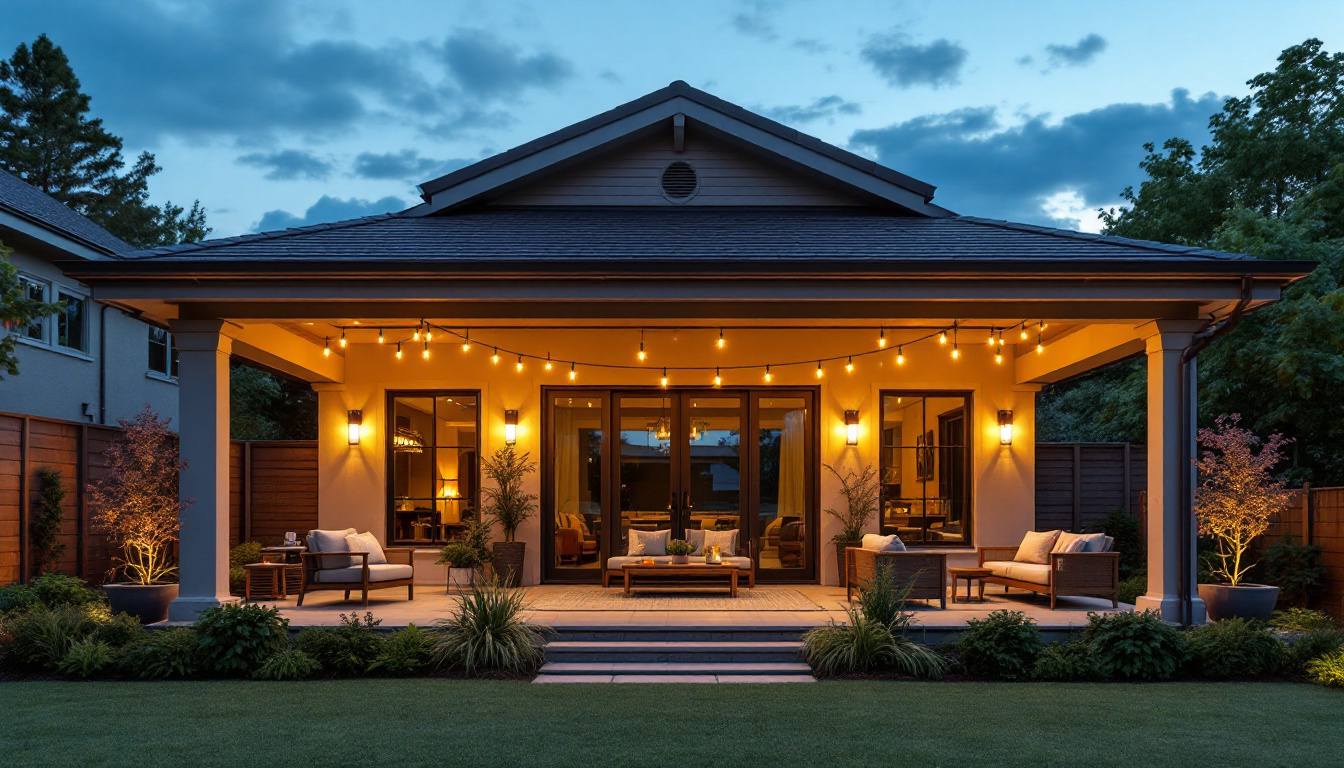
Discover innovative strategies to future-proof your covered patio lighting projects.
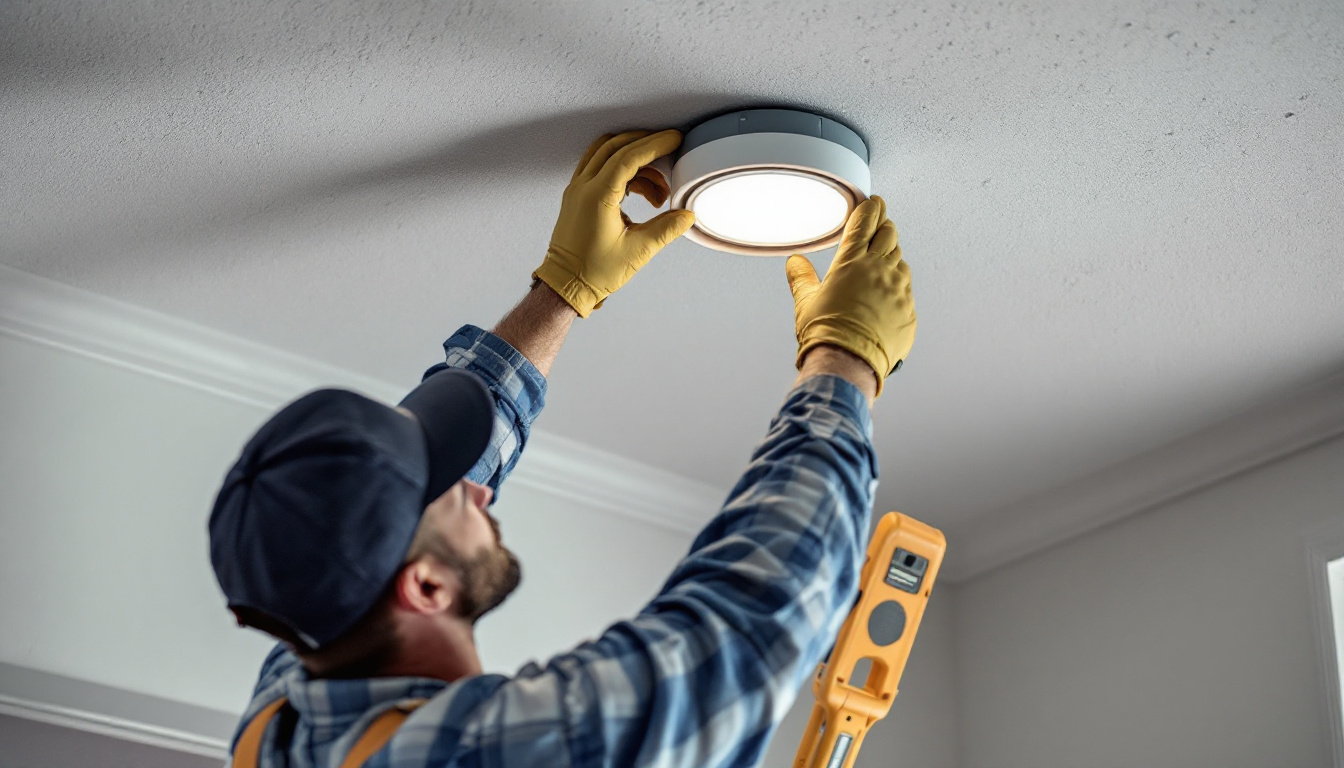
Discover essential tips for lighting contractors to prevent common pitfalls with canister light covers.
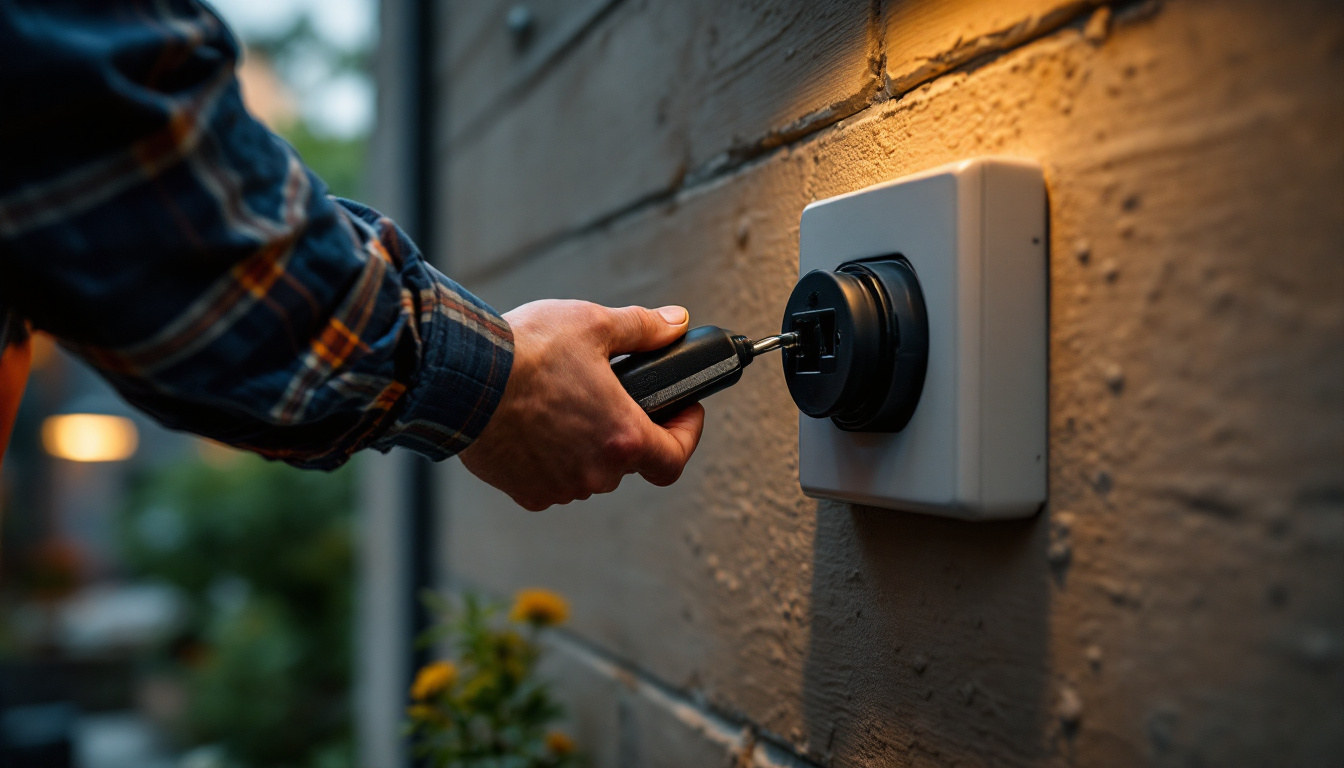
Discover why covers for outdoor electrical outlets are essential for lighting contractors.

Discover the essential insights every lighting contractor needs to know about fluorescent lighting.
Get notified when NEW deals are released.
Optimize your budget with wholesale discounts.
Only top-quality, specification-grade lighting products.
No additional costs at checkout - what you see is what you pay.
We understand the unique needs of contractors.